Wagyu Cattle
- January 30, 2024
- 0 comment
Wagyu cattle, originating from Japan, are esteemed worldwide for their remarkable meat quality, characterized by exceptional marbling and superior taste. The term “Wagyu” translates to “Japanese cow” and encompasses several breeds, the most notable being Japanese Black, Japanese Brown (or Red), Japanese Polled, and Japanese Shorthorn. Each breed offers distinct qualities, but it’s the Japanese Black that’s most renowned, especially for producing Kobe beef, a luxury symbol in the culinary world. Wagyu cattle are raised under meticulous care and specific rearing practices, which include a special diet and a stress-free environment to ensure the highest quality of meat.

This intensive care and the unique genetics of Wagyu cattle, which promote high levels of intramuscular fat or marbling, contribute to the meat’s tender texture and rich, buttery flavor. Wagyu beef not only stands out for its taste but also for its nutritional profile, being richer in monounsaturated fats and omega fatty acids compared to standard beef. The combination of these factors—genetic qualities, rearing practices, and exceptional meat characteristics—make Wagyu cattle a symbol of luxury in the beef industry, sought after by chefs and gourmets globally. Despite the introduction of Wagyu breeding in other countries, Japanese Wagyu retains its unique status, partly due to Japan’s strict breeding standards and the historical legacy attached to these extraordinary cattle.
| Specification | Detail |
|---|---|
| Origin | Japan |
| Main Breeds | Japanese Black, Japanese Brown (Red), Japanese Polled, Japanese Shorthorn |
| Known For | High-quality, marbled meat |
| Marbling | Exceptional intramuscular fat distribution, enhancing flavor and tenderness |
| Rearing Practices | Special diet, stress-free environments, meticulous breeding |
| Meat Quality | Tender, rich, buttery flavor |
| Nutritional Profile | High in monounsaturated fats, omega-3 and omega-6 fatty acids |
| Genetics | Unique genetic predisposition to intense marbling |
| Global Availability | Originally from Japan, now bred in various countries including Australia and the U.S. |
| Culinary Reputation | Considered a luxury item, famous in gourmet and fine dining circles |
| Price Range | Generally expensive due to high quality and rearing costs |
| Ethical Considerations | Animal welfare and sustainable farming practices are important |
| Typical Use | High-end steaks, gourmet dishes |
| Distinct Varieties | Kobe beef (from Tajima strain of Japanese Black), Matsusaka beef, Ōmi beef, among others |
| Market Demand | High demand in both domestic and international markets |
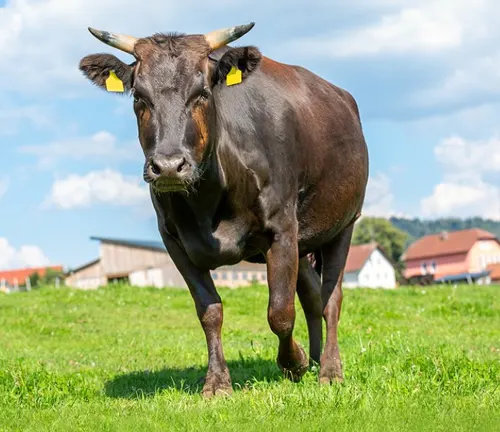
Wagyu cattle, often referred to as the “caviar of beef,” hail from Japan and have garnered global acclaim for their richly marbled meat. But what exactly makes Wagyu beef so special?
The Unique Genetics of Wagyu
At the heart of Wagyu’s uniqueness lies its genetics. Unlike other cattle, Wagyu possess genetic traits that enhance marbling, the interspersed fat in their muscles, leading to unparalleled tenderness and flavor.
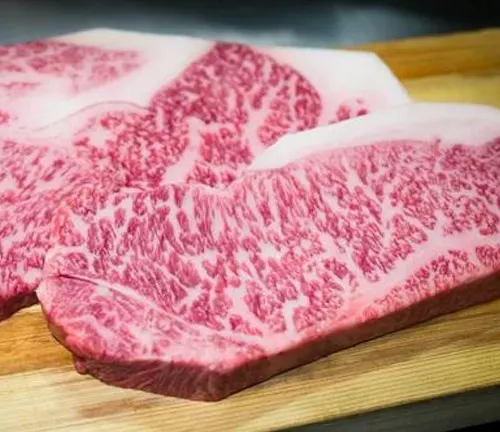
Breeds of Wagyu Cattle
Wagyu isn’t just a single breed. It encompasses several varieties, with Kobe, Matsusaka, and Ōmi being the most renowned. Each has its own distinct characteristics and flavors.
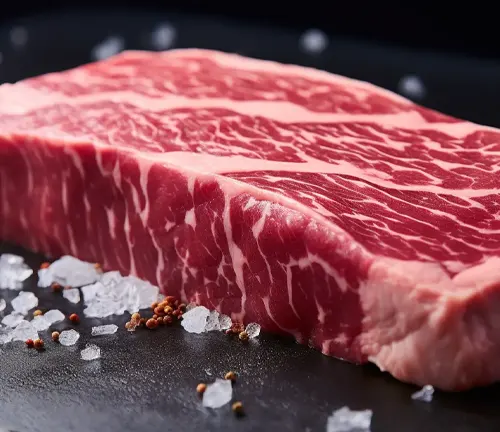
Marbling: The Hallmark of Wagyu Beef
Marbling is not just fat; it’s Wagyu’s signature. This intricate web of fat within the muscle fibers is responsible for the beef’s buttery texture and succulent taste.
Rearing Practices
The secret to Wagyu’s quality lies partly in its rearing. From special diets to stress-free environments, every aspect is meticulously managed to ensure the highest quality beef.
Global Spread of Wagyu Cattle
Once exclusive to Japan, Wagyu cattle are now raised worldwide. However, variations in rearing practices across countries can lead to differences in meat quality.

Nutritional Profile
Surprisingly, Wagyu beef is healthier than one might think. Rich in monounsaturated fats and omega acids, it’s a nutritious choice for meat lovers.

Culinary Uses
From steak to sukiyaki, Wagyu beef’s versatility in the kitchen is vast. Here are some popular dishes and tips for cooking this exquisite meat.
Economic Impact
The Wagyu industry isn’t just about great taste; it’s a significant economic player. Let’s delve into its market value and the factors driving its premium pricing.
Comparing Wagyu with Other Luxury Meats
How does Wagyu stand against other premium meats? This comparison will give you a clearer picture of its unique place in the gourmet world.
Challenges in Wagyu Production
Despite its popularity, Wagyu production faces its own set of challenges, from breeding difficulties to market dynamics.

The Role of Technology in Wagyu Rearing
Technology is revolutionizing the Wagyu industry. Let’s explore how technological advancements are enhancing the quality and efficiency of Wagyu production.
Different Species
Japanese Black
(Kuroge Washu)
This is the most common Wagyu breed, accounting for about 90% of all Wagyu cattle in Japan. The Japanese Black is known for its intense marbling and produces the famous Kobe beef when raised under specific conditions in the Kobe region of Japan.
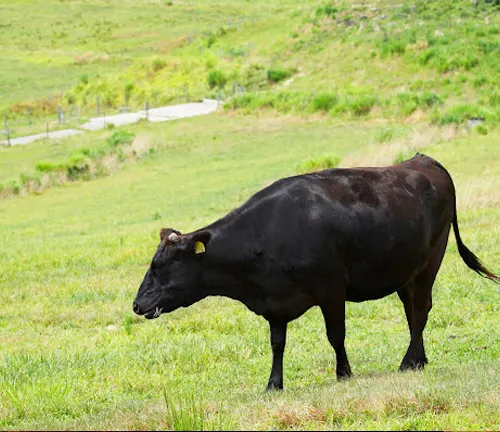
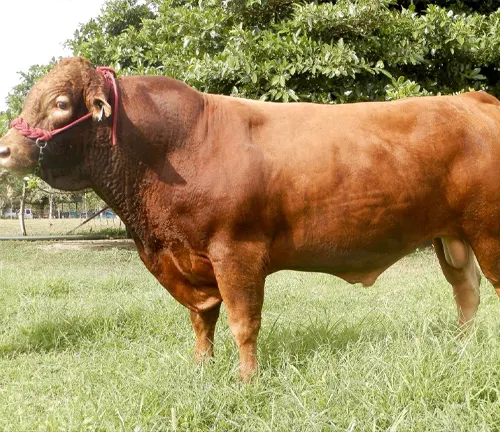
Japanese Brown
(Akage Washu or Akaushi)
This breed is less marbled compared to the Japanese Black but is still highly valued for its meat quality. The meat from the Japanese Brown is known for its leaner quality and rich flavor. In Japan, it’s often referred to as “Red Wagyu” due to its reddish coat.
Japanese Polled
(Mukaku Washu)
A rarer breed, the Japanese Polled is a hornless breed developed in Japan. It’s known for its lean meat and is less commonly found in the Wagyu market compared to the Japanese Black and Brown breeds.
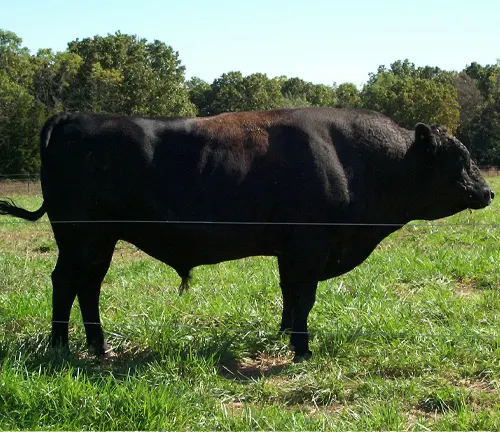
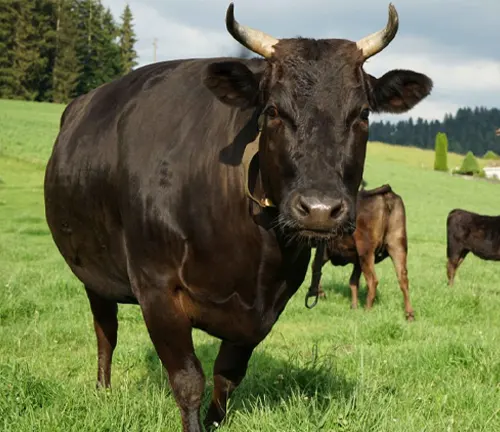
Japanese Shorthorn
(Nihon Tankaku Washu)
This breed is known for its strong resistance to cold weather and is primarily raised in the Tohoku region of Japan. The meat from Japanese Shorthorn cattle has a distinct flavor and a relatively lower level of marbling compared to the Japanese Black.
Frequently Asked Question (FAQs)
- What is Wagyu beef?
Wagyu beef comes from a group of Japanese cattle breeds known for their unique marbling and high-quality meat. - What makes Wagyu beef different from other types of beef?
Wagyu beef is renowned for its extensive marbling, tender texture, and rich, buttery flavor. It has a higher percentage of monounsaturated fats and omega fatty acids compared to other beef. - How many types of Wagyu cattle are there?
There are four main breeds: Japanese Black, Japanese Brown (or Red), Japanese Polled, and Japanese Shorthorn. - What is Kobe beef, and how is it different from other Wagyu beef?
Kobe beef is a famous variety of Wagyu beef that comes from the Tajima strain of Japanese Black cattle, raised in Japan’s Hyōgo Prefecture under strict guidelines. Its rarity and specific rearing practices make it distinct and highly sought-after. - How are Wagyu cattle raised?
Wagyu cattle are raised with special care, often involving specific feeding routines, stress-free environments, and meticulous breeding practices to ensure high-quality meat. - Why is Wagyu beef so expensive?
The high cost is due to the intensive labor, time, and special care involved in raising Wagyu cattle, along with its rare and unique meat quality. - Can Wagyu cattle be raised outside of Japan?
Yes, Wagyu cattle are now bred in various countries outside Japan, including Australia and the United States. However, the meat quality can vary based on local rearing practices and feed. - Is Wagyu beef healthier than other beef?
Wagyu beef has a higher proportion of monounsaturated fat and omega fatty acids, which are considered healthier compared to the saturated fats found in regular beef. - What is the best way to cook Wagyu beef?
Wagyu beef is best cooked over high heat for a short time to preserve its tenderness and flavor. It’s often recommended to cook it medium-rare to medium. - Can you eat Wagyu beef raw?
Yes, in dishes like sushi or carpaccio, Wagyu beef can be consumed raw, thanks to its high quality and freshness. - What does ‘marbling’ mean in Wagyu beef?
Marbling refers to the white flecks of intramuscular fat distributed throughout the muscle, contributing to the beef’s tenderness and flavor. - How do I choose good Wagyu beef?
Look for a high degree of marbling, a good meat-to-fat ratio, and a bright, cherry-red color in the meat. - Are there any ethical concerns in raising Wagyu cattle?
Ethical considerations include ensuring animal welfare and sustainable farming practices. Some criticize the intensive farming methods, though many producers adhere to high welfare standards. - What is the difference between Japanese Wagyu and American Wagyu?
Japanese Wagyu refers to cattle bred and raised in Japan, often with stricter standards, while American Wagyu typically involves crossbreeding with other domestic breeds and may have different rearing practices. - How can I tell if Wagyu beef is authentic?
Authentic Wagyu beef often comes with certification and grading details, especially for Japanese Wagyu. Always buy from reputable sources to ensure authenticity.


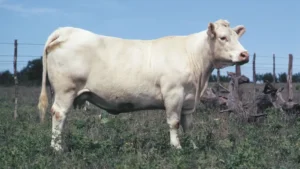
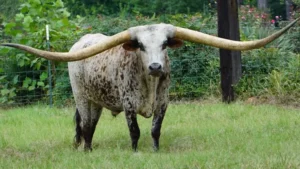


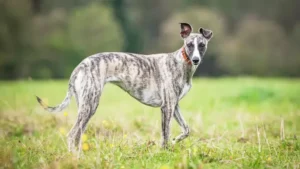
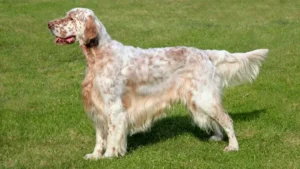
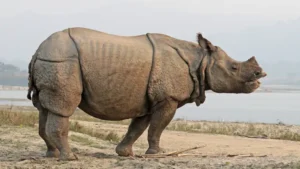

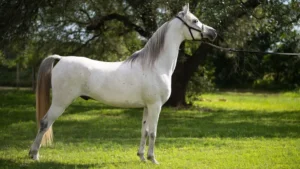



Leave your comment